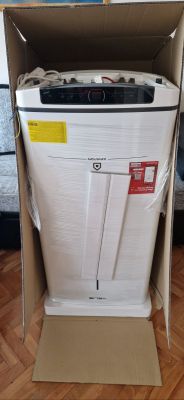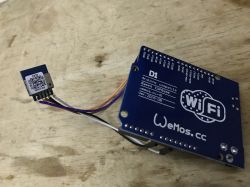What would be the best way to convert a 3V battery device to DC?
I would like specifically to use a door sensor without a battery. Obviously, there are some 3.3V converters, but I am not sure if they are actually suitable. I think that in cheap converters they probably don't bother to smooth out the phase peaks, and I am not sure how/if this affects the sensor functions.
I am sure somebody has done this before.
I would like specifically to use a door sensor without a battery. Obviously, there are some 3.3V converters, but I am not sure if they are actually suitable. I think that in cheap converters they probably don't bother to smooth out the phase peaks, and I am not sure how/if this affects the sensor functions.
I am sure somebody has done this before.





